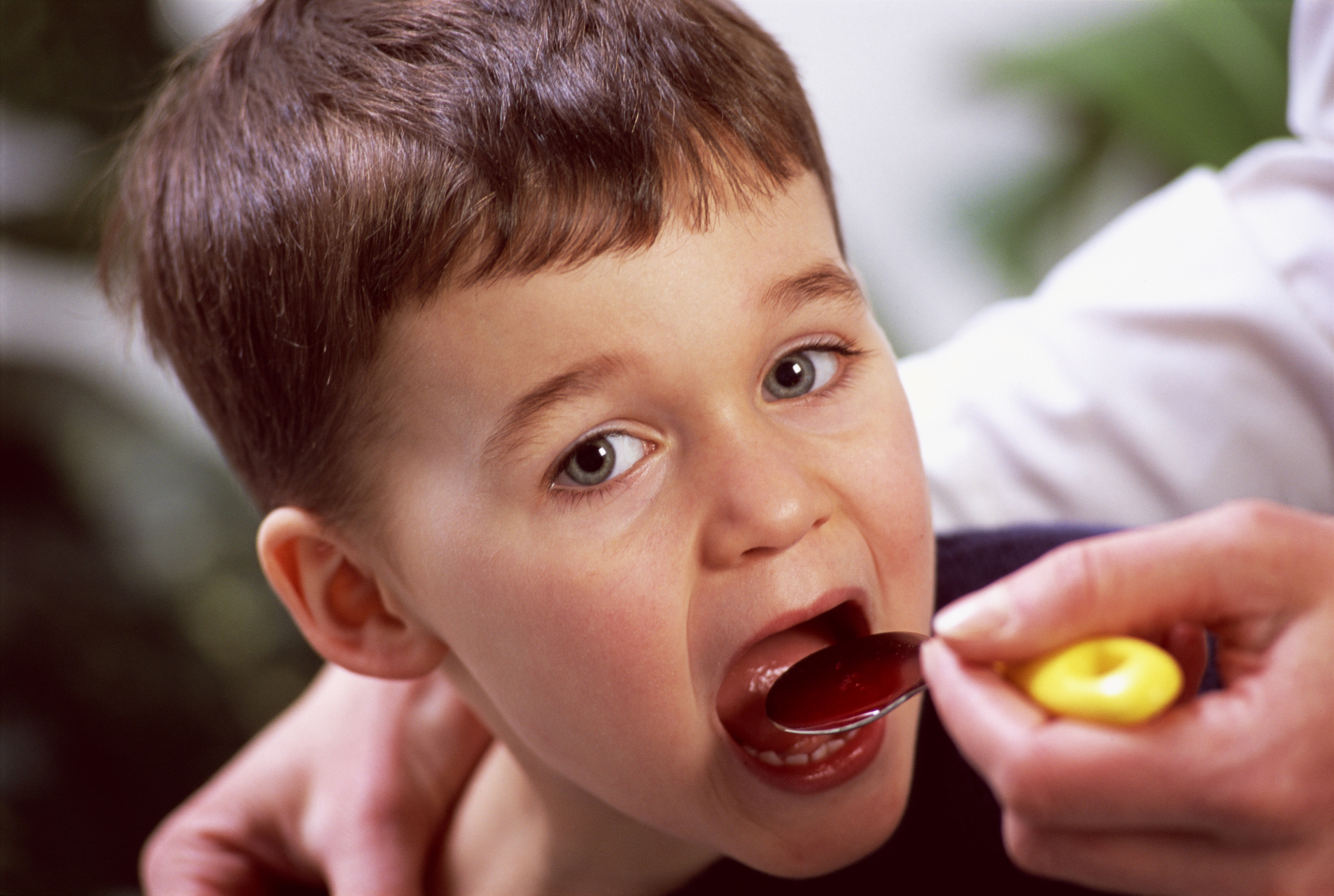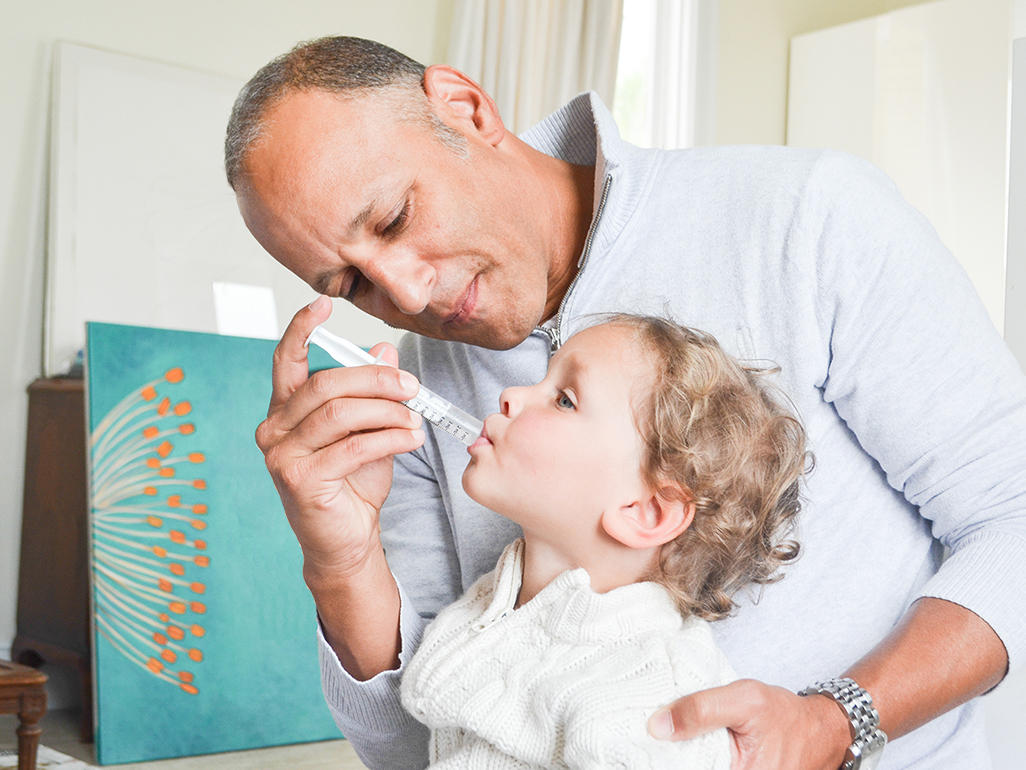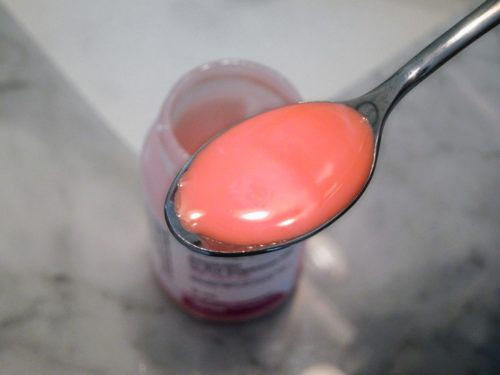Parents Measuring Medicines Wrong – Many Dosing Errors
Would it surprise you to know that: if YOU were one of the medicine police and one morning selected 100 mothers or fathers to just drop in and double-check the liquid medicine they had measured and were about to give their kid – most of them would be wrong?!
We would have to have been living under a rock in a desert somewhere NOT to have noticed the inordinate lengths pharmacies and drug companies have gone to in the past 10 years to improve accuracy of parents measuring medicines. But, still to this day (2018), parents are (and often) making BIG errors when measuring medicines.
WAY TOO MANY errors with medicine measured using a spoon
Those 100 parents you were going to drop in on? Well, a recent study did just that (only on 2000 parents) and guess what? People did go to their house and one out of five parents who meted out liquid medication in a randomized controlled trial measured more than twice the directed dose!
In their study, the “good ol’ teaspoon” was often the big cause. Cups, spoonulas and other measuring contraptions are seen as just to cumbersome by some; which, nearly always results in errors—possibly massive and therefore dangerous.
Measuring Medicines: What’s The Problem Here?
Ok, here’s the skinny on this.
“The Research Shows…”
Over 2,100 parents of children under nine were given a syringe with 0.2 gradations, a syringe with 0.5 gradations and a 30 ml measuring medicine cup; and, they were asked to measure 2.5, 5, and 7.5 milliliters with each (9 different samples).

First, notice that the error rate is so abysmal they didn’t even attempt to test parents using a “regular,” kitchen drawer teaspoon or even a kitchen measuring teaspoon.
Second, others have already done similar studies before and the official American Academy of Pediatrics has already made recommendations to industry to ONLY use markings, instructions and dosages in millimeter units—dumping “teaspoon” units altogether.
Third, as well-marked as it was, the medicine cup still produced way more errors than the syringes, even when it was marked clearly with both milliliters and teaspoon markings. Dosing cups were associated with more than four times increased odds of all errors compared with syringes.
Fourth, OVERALL (no matter what tool was used) 84% of parents made at least one dosing error (over 20% wrong); and, 20% of parents made a large error of double the correct dose! Bottom line: parents made mistakes in a fourth of their nine doses measured—even when they KNEW they were being judged.
Fifth, most of the errors (68%) were OVERdoses; and, not unsurprising, more were on the doses with the extra half-milliliter.
Is There Any Hope?

So, what’s the take-away from all this? We’ve just GOT TO somehow turn kitchen utensils into the enemy in the minds of parents measuring medicines and get rid of all measurements using the “English” system of teaspoons in favor of the metric milliliters only.
Then, we’ve got to somehow give up the idea of making a financial killing on measuring syringes and make them so universally available and convenient that they rival the kitchen drawer full of spoons in the households of parents taking liquid medicines.
And lastly, we just simply canNOT merely assume that parents these days even know how to measure medicines—a skill that all medical-types take for granted in parents. All medical homes must make their education programs include this simplest and basic of all skills if we ever want to resolve the problem.

